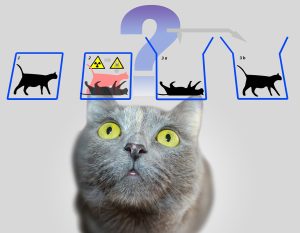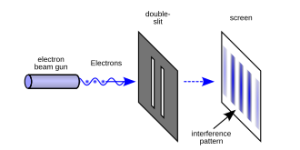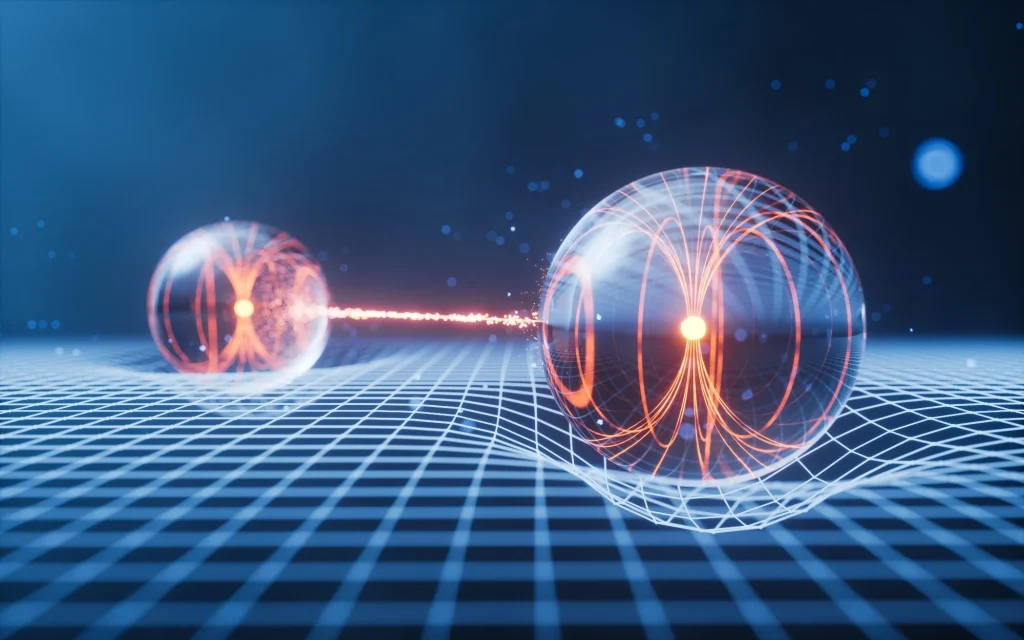Most of us baby boomers remember how valuable kindergarten was to our lives – not only did it reinforce social skills of getting along with everyone, but it also provided a basic understanding of the world around us. Who can forget the teacher telling us about the moon, stars, and the sun? If we were lucky, we even were introduced to planets.
Today, kindergartners are issued laptops – God knows why, but there it is. If you visit, expect to see the teacher struggle with video displays instead of crayons, construction paper, and scissors. Even story time is compromised by a streaming video. There still might be a warm milk and crumbly cookie snack time. However, a meditation session may have replaced nap time, depending on the teacher.
Kids are brighter today than we were, indeed. Thanks to the digital age and the Sesame Street paradigm of rapid-fire learning cues, kindergartners learn about things we might not have seen until high school.
So, with all the excitement about the burgeoning quantum nature of things, why start teaching Quantum Physics in kindergarten? Because it will be necessary for them to thrive in the future.
Begin with the saga of Schrodinger’s cat:

Your intent is not to scare the kids with this thought experiment of putting a cat in a sealed box with something that may kill it and then asking each child whether the cat is alive or dead right before you open the box. (If you think the thought of death is too much for young minds to comprehend, then maybe dilute it down to whether the cat is awake or asleep just before you open the box.) The point of the experiment is that just before you open the box, the cat can be considered both alive and dead (awake or asleep) – the reason being probability. The chances of it being alive or dead are equal. This principle of superposition is the basis of Quantum Physics. Learn more about this phenomenon by watching this YouTube video.
Nothing is ever for sure, and the disposition of the cat proves that. If children learn at a young age that things exist in predictable states only, it will go a long way in helping to shield them from disappointment.
Then talk about the famous double slit experiment:

To prove the wave nature of light in the year 1804, Andrew Young performed an experiment using two screens. The first screen had two slits in the middle, and the second screen was set up behind the first. By shining light through the slits on the first screen, a constructive and destructive interference pattern characteristic of interacting waves formed on the second screen, thus proving the wave nature of light.
Years later, physicists set up a similar experiment using plates instead of screens and bursts of electrons instead of light. They first used a plate with just one slit and fired a burst of electrons at the single slit. As expected, the result was most of the atoms collected on the second screen in alignment with the slit on the first. When they added the second slit and fired bursts of electrons at both slits, they did not get what they expected. Instead of two concentrated bands of hits in alignment with the two slits, they got the same type of display pattern as interacting waves. This blew their minds because it proved that matter, in this case, sub-atomic particles, are both particles and waves.
Then, the most exciting thing happened when physicists looked deeper into this revelation. It turns out that every time they tried to monitor electrons coming through the slits closely, they behaved like particles and landed on predictable bands on the second screen in alignment with the slits. When they stopped observing, the electrons behaved again like waves. Learn more about this by watching this YouTube video.
In Conclusion…
So, what can you take away from all of this sort of surreality? Well, everything is not quite like it seems. Perhaps by concentrating on something, it becomes real, like a particle, and maybe everything else is a wave. Could we be surrounded by possibilities in the forms of waves like fruit on the tree of life waiting for us to choose something for our minds to concentrate on, and then it becomes real? Will this knowledge or understanding benefit kindergartners as they grow up in an ever-changing world of possibilities? I think it will.

